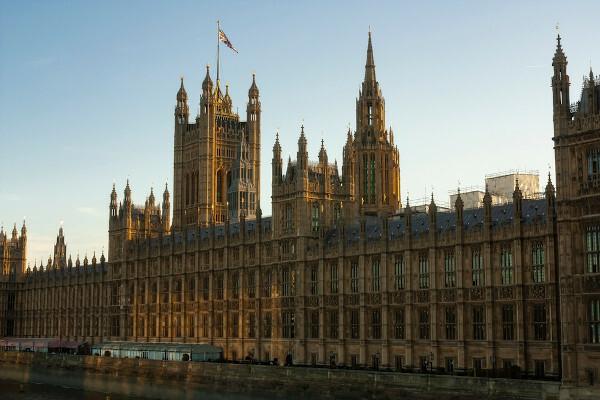The Covid-19 pandemic has caused society to seek adaptations, as face-to-face contact has become a risk. In this sense, many educational institutions have resorted to distance learning, but on the other hand, the students without internet access in the pandemic were greatly affected by it. See details.
Read more: When my child turns 21, do I lose the right to the Auxílio Brasil benefit?
see more
Ninth economy on the planet, Brazil has a minority of citizens with…
Brasilia public school keeps autistic student in 'private prison'
Students without internet access – more than 4 million were unable to participate in remote learning
One search from the Brazilian Institute of Geography and Statistics (IBGE) showed that, at the end of 2019, around 4.3 million students could not access the internet in Brazil. The survey included use via cell phone, computer, television or tablet.
That is, these people entered the pandemic without being able to participate in remote teaching. In this sense, the vast majority of these students (95.9%) were students of public educational institutions. In addition, about 36% of them did not have a cell phone when the pandemic began.
Meanwhile, only 174,000 students in the private network did not have access to the internet in the same period. Thus, the data show the abyss of social inequality in the country, which widened even more after the start of the pandemic in March 2020.
Disparity in internet access between regions of the country
When data are stratified by region, it is possible to observe that in the North and Northeast of the country, 68.4% and 77% of public school students had access to the internet, respectively. In the other regions, this percentage ranged from 88.6% to 91.3%.
Regarding the private network, student access to the internet was, on average, 95% in all regions of the country. In the South, Southeast and Midwest regions, practically all students had the connection.
Internet and equipment costs are a problem for families
The main problem preventing students from accessing remote learning is the cost of the internet, followed by the cost of electronic equipment, whose prices have skyrocketed during the pandemic. The numbers show that the average per capita income in households with internet access is BRL 1,527, while in households without the service, it is BRL 728.
On the other hand, the lack of government incentives to promote student access to the Internet is also a problem. This is because the Ministry of Education made budget cuts in the Educação Conectada program, which lost 45% of its budget between 2019 and 2020.



